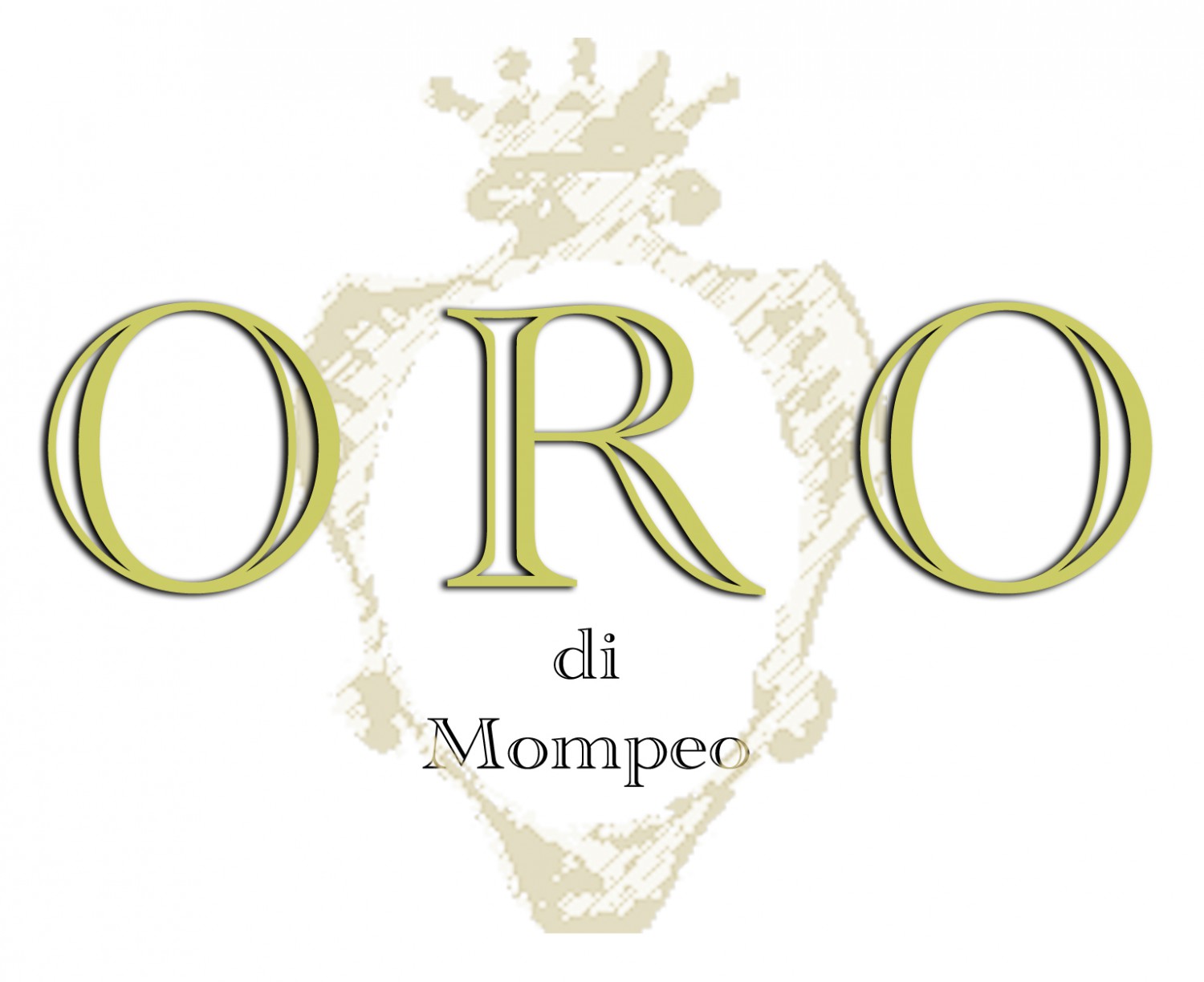Our olive oil is grown, harvested, pressed, and bottled from an area called SABINA. It is an area extending north of Rome, on the east of the Tiber river reaching and extending a little beyond the Sabine Hills. It was founded around the tenth century B.C. and became an area crucial to the events of nearby Rome and of the Holy Roman Empire. In 752 B.C., legend narrates of the abduction of the Sabine women by order of Romulus, the ‘rape of the Sabines’, in which the first generation of Roman men abducted the women of this area to create their families and establish the roman population. The sabines was also the birthplace of numerous Roman kings and Emperors such as Numa Pompilio, Vespasian, Titus and Domitian. The area produced the oil that the romans consumed and it is not surprising that Marco Terenzio Varrone a roman consul and historian of the first century b.c. included advice in his treatise ‘De Re Rustica’ on how to cultivate Sabine olive trees. In this treatise he writes about “the economical importance of agriculture and the pure pleasure that it bestows to people that work land”.
Another important moment in the history of the territory is the founding of the Abbey of Farfa in 680 A.D. It was one of the most powerful Benedictine monasteries in Europe and fundamental in the power struggle between the Papacy and the Holy Roman Empire. It was under its influence that numerous hilltop towns were born and controlled, that numerous castles were erected and that agricultural cultivation found a structure which remains consolidated to this day.
The landscape of the Sabines is distinct from the rest of the otherwise predominantly flat Lazio region, for its rolling hills. The topography of the area made other types of agricultural development impractical and olive trees were favored from ancient times, making this area home to an established tradition of olive cultivation. The rolling and sometimes steep hills are sewn with a vast quantity of secular olive trees, including the oldest olive tree in Europe, the 1000 year old Olivone di Cannetto.
Almost every hill is crowned by quaint characteristic medieval towns, guarded by beautiful castles and fortresses with the spiritual protection of historical monasteries. One of these hill top towns is home to our olive grove, MOMPEO.
‘Oro di Mompeo’ is produced just a few miles away from the hilltop town of Mompeo. It is a small hilltop town of just over 500 inhabitants with land extending to the next small towns in which local families with ancient traditions and their very own local dialect live. During the Imperial period, well-to-do Roman familes chose this area due to it’s vicinity to the capital, the fertile soil, abundant waters, and beautiful rolling hills, for their country abodes. Legend has it that Mompeo was named after the Roman general Gneo Pompeo who had his summer residence in this area around 50 b.c.
Since the establishment of the Abbey of Farfa as one of the most famous and influential in Europe, all the towns of the Sabines, including Mompeo were tightly linked to the happenings of the abbey. From the invasion of the Sarcens in the late 800s, the unimaginable richness of the abbey, it’s ecclesiastical importance, to it’s decline the abbey controlled the well being of the neibouring towns.
From the middle of the tenth century, after the Saracen invasions which had brought much upheaval to the Sabina and led to the abandonment of the Abbey, the city was handed down to the Buza brothers, the Orsini (a powerful dynasty which gave prestige to the area around Mompeo for five centuries), to the Capponi of Florence, the Naro of Rome (during which time much of Mompeo was built). The Naro family had tight connections with the Vatican and because of this, important elements of Mompeo, such as the parish church, the gateway to the town were built.
The Naro family remained in control of Mompeo until the middle of the eighteenth century, when it passed successively to the Patrizi, the Luciani, the Ciufici, the Baranello and the Di Salvo families; Since 1995 the Baronial palace belongs to the Comune di Mompeo.
The city of about 500 inhabitants, has one bar, one deli, a postoffice, and is the most heartwarming site from our olive grove, as we watch south towards Rome, in the sun set.
Time in the Sabines is dictated by the sun and the flavor of history engulfs the air.

